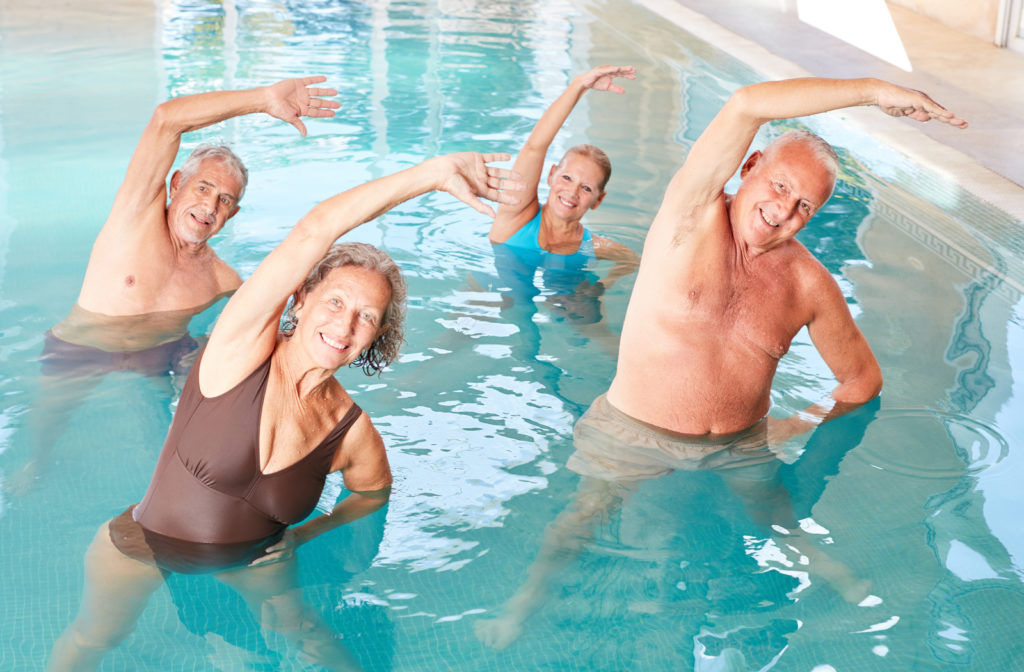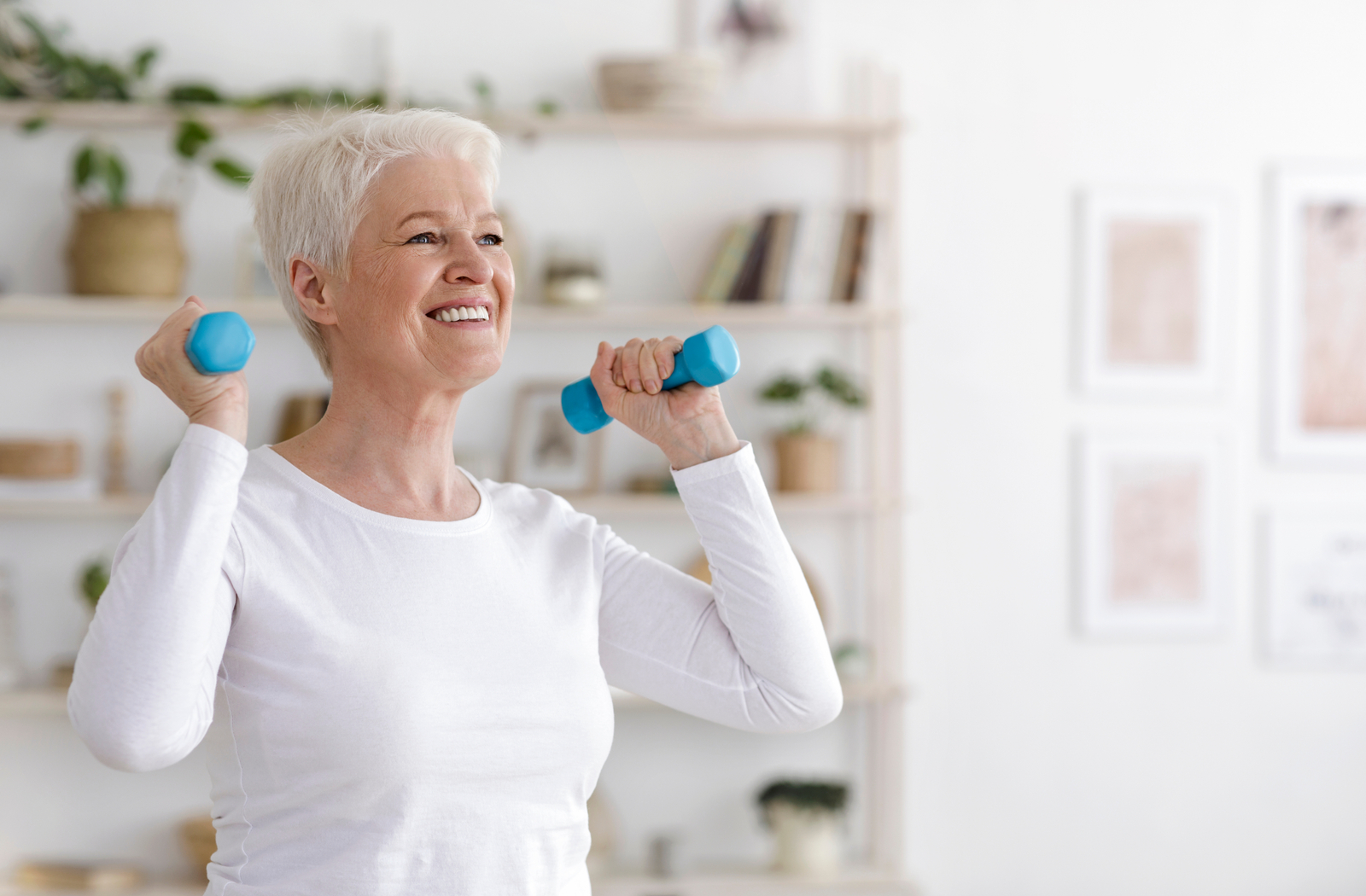Exercise provides measurable benefits for people, regardless of their age—but as we get older, the needs and abilities of our bodies change. Seniors who want to stay fit and healthy often require different considerations when it comes to exercise than people who are in different stages of their lives.
We’ve spent years cultivating activity programs for seniors in our community, so we know a thing or two about what exercises work best. Read on and learn more about what kinds of physical tasks keep seniors safe, accessible, and healthy.
Thinking Differently About Exercise
Younger people typically have different reasons for exercising than seniors. Young people often exercise to lose weight, gain muscle mass, increase their flexibility, or improve their cardiovascular health.
However, exercise tends to serve a different purpose for people over the age of 65. While the benefits listed above can still be enjoyed to some extent, most seniors exercise to maintain stability and independence. In fact, research shows that regular exercise reduces falls by up to 23% in older adults.
As such, responsible senior exercise programs tend to incorporate more stretching and gentle resistance exercises than programs aimed at younger people. Senior exercise programs also place less emphasis on high-impact activities or heavy weights, since these can strain joints, ligaments, and other parts of the body already weakened by aging.
Exercises for Seniors to Avoid
Before we get into the kinds of exercises that work well for seniors, it’s worth spending a little time to outline the ones that don’t. Here are a few exercises to avoid in any senior fitness program:
- Any exercises with heavy weights (including weighted squats, deadlifts, bench presses, and leg presses). These exercises carry the risk of dropping heavy weights onto sensitive body parts and can easily result in joint damage if the weight is too high.
- Long-distance running. Staying active can help seniors avoid heart complications, but too much cardio can strain the heart and increase the risk of a heart attack, and the repeated impacts associated with running can wreak havoc on knees and ankles. High-intensity cardio should also be avoided for the same reasons.
- Abdominal crunches, which can result in considerable strain on the lower back for seniors without exceptional core strength.
- Any kind of activity that includes the risk of a fall (such as rock climbing or cycling). Falling can be bad enough for younger people; the potential consequences for seniors outweigh any benefits these exercises might offer.
Our Top Picks for Senior Exercise Programs
When we design exercise programs for seniors, we often include the following activities:
Chair Yoga
Yoga is an excellent way to improve both flexibility and mindfulness, but certain positions can be difficult to hold for seniors with reduced mobility. By modifying yoga exercises so they can be performed in a chair, the risk of slipping or falling is greatly reduced while the benefits of stretching and focusing remain.
Resistance Band Activities
Instead of using heavy weights that can put stress on joints and be dropped easily, we promote the use of resistance bands to safely build strength while improving joint stability. Many resistance band exercises also improve core strength, which has lasting benefits for posture, balance, and movement.
Pilates
This popular type of low-impact exercise incorporates physical alignment, breath work, and core strength. Like yoga, it can also help improve mindfulness and flexibility. Another major advantage of pilates for seniors is that most of the exercises involved are easy to scale and modify, ensuring that this type of activity is highly accessible for people with a wide range of physical capabilities.

Water Aerobics
Moving in the water confers several health benefits upon older adults. For one thing, it offers gentle and natural resistance that helps improve strength over time. But water aerobics also reduce the stress that gravity puts on joints, allowing seniors to enjoy more dynamic movements with less risk of pain.
Choose Appropriate Activities for Your Senior Loved Ones
Keeping the seniors in your life engaged in healthy pursuits is vital for their quality of life and overall well-being, but it’s critical to ensure they’re getting the right kind of exercise. Minimize the risks they face while maximizing their benefits by making sure any activity program you enroll them in includes safe, low-impact, and easy-to-perform tasks.


